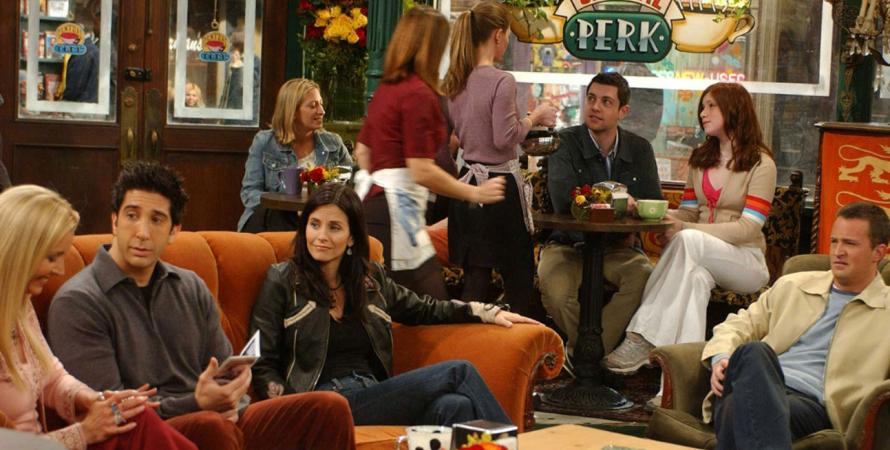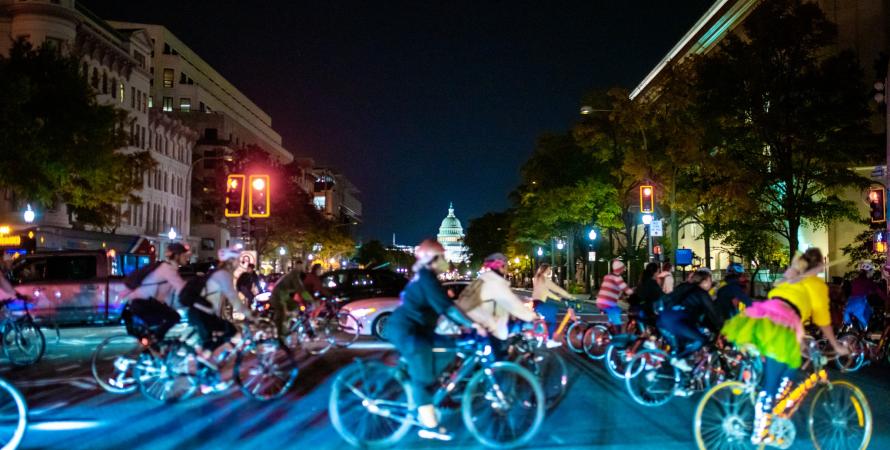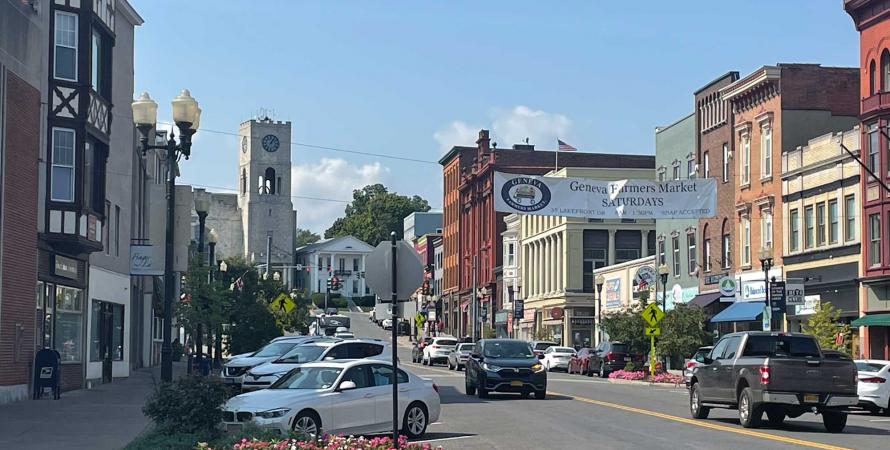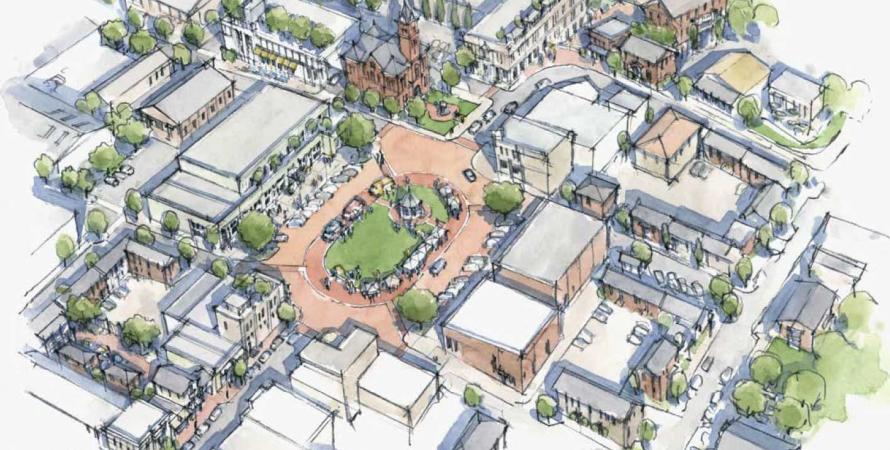-

The third place coffeehouse faces a serious challenge
The rapid rise of kiosk coffee sellers poses a threat to the business model behind the ultimate American third place—the cafe. Communities and nonprofits may have to take a larger role.I’m worried about our third places. To those unfamiliar, third places are those venues, other than home and work, where people head for conversation, connection and belonging. Every culture (and subculture) has its own version. Well-known (albeit fictional) ones in ours include Fell's Point Diner...Read more -

Building a community on wheels, one party at a time
DC Bike Party helps build a community through its monthly celebration of the bicycle and by being a positive ambassador for cycling.With biking there is safety in numbers by making other road users aware of bikers and their right to the road. There is also safety in bikers feeling confident and comfortable with a city’s bike infrastructure. And what better way to increase visibility and inspire confidence than by throwing a...Read more -

To see America, get off the Interstate
To find hidden culture and history, you must do what most Americans rarely do — travel the old thoroughfares and see towns that were bypassed by the Interstate system. For example, take Route 20 in New York State.If you want to see America, you have to travel the old byways that go through towns and small cities. Besides, being an urbanist means taking the scenic route (and convincing family and friends to share this experience. Start the trip early, and throw lunch into the deal). There are hundreds of old...Read more -

Restoring a lost square
Often, in the 20th Century, the courthouse square structure was damaged by automobile-oriented planning. Recovering what was lost is not easy—it’s a process of strategic elimination and addition to repair the form that is hidden while the town grows.What can be done when a historic courthouse town has been robbed of its square? Clarkesville, Georgia, was founded two centuries ago as the seat of Habersham County, and grew as an early resort town in the Appalachian foothills about 70 miles northeast of Atlanta. The municipality of about 2,000...Read more